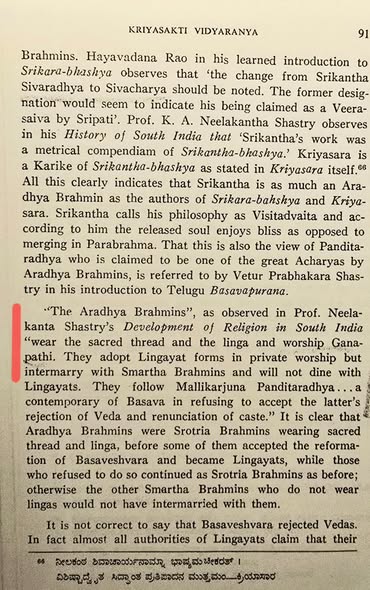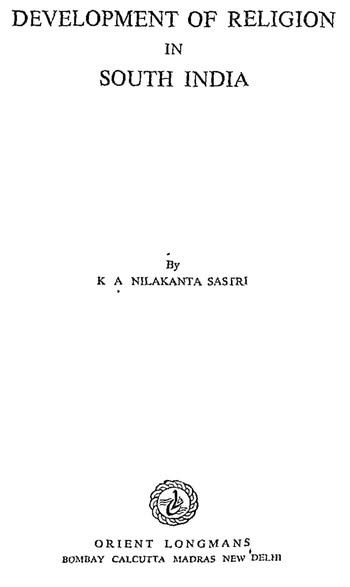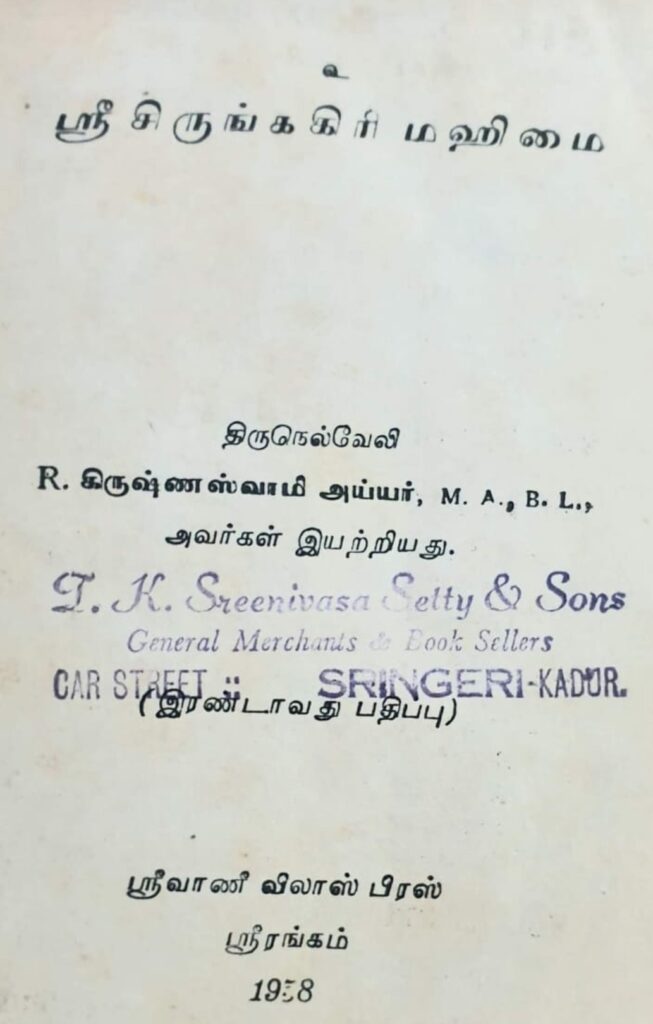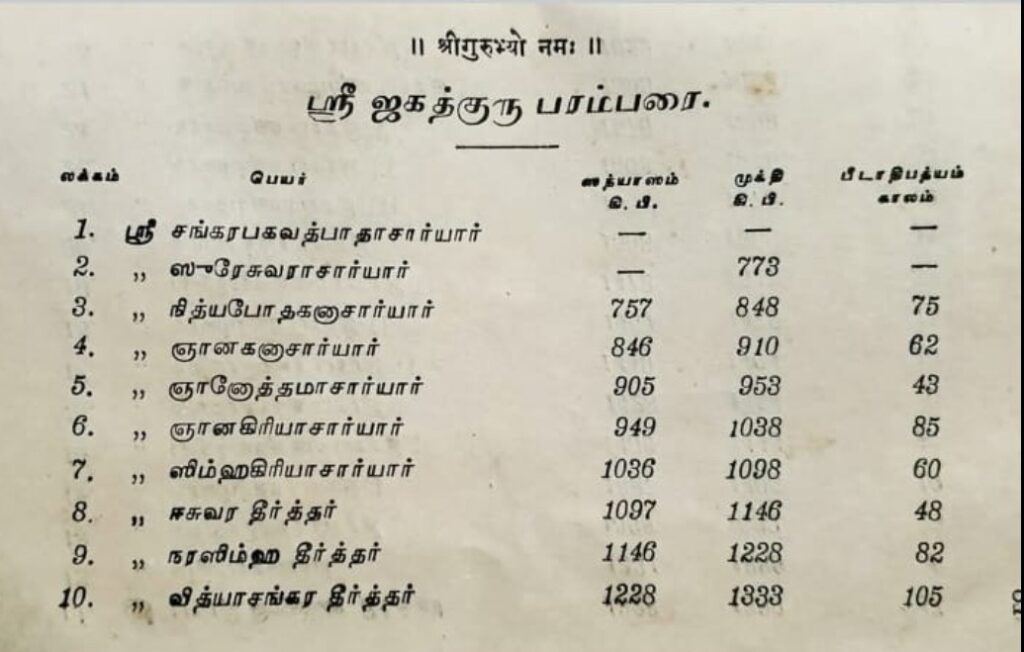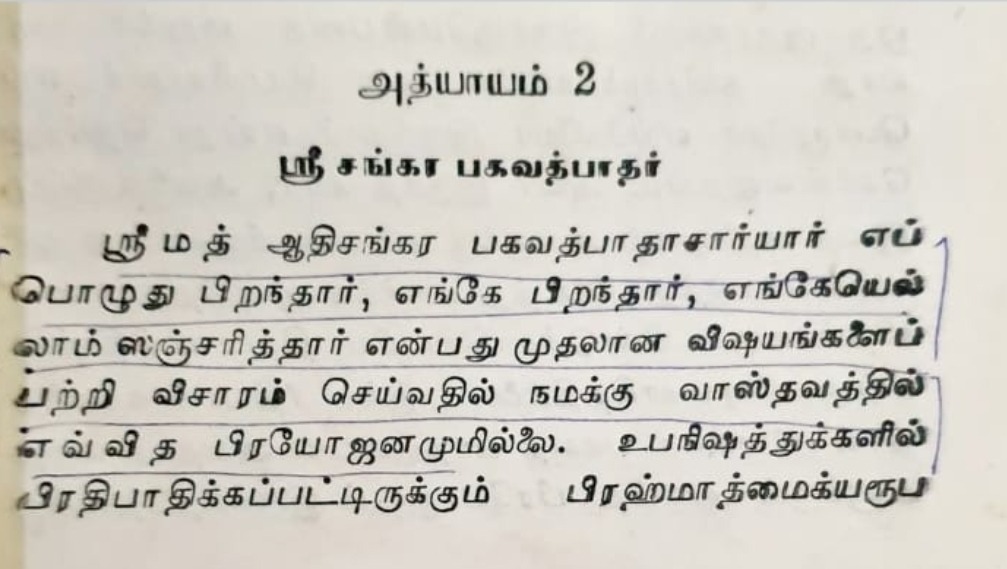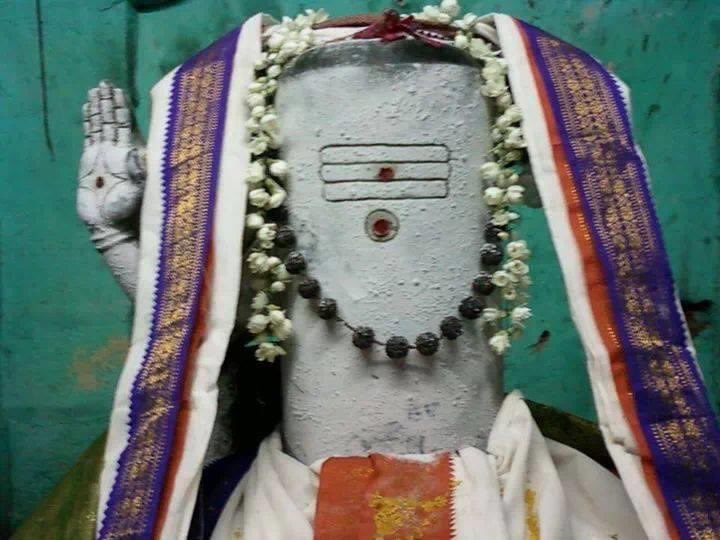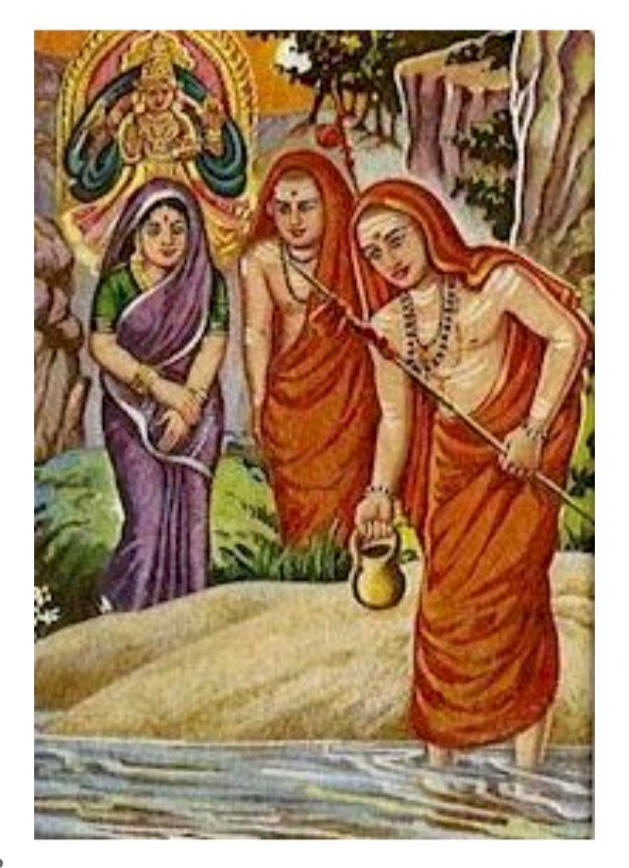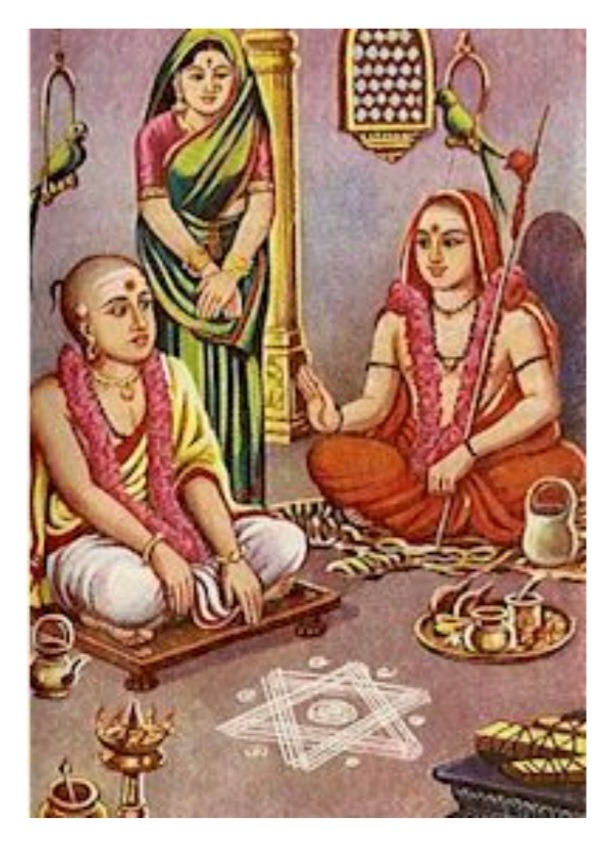(Special article commemorating the Maha Kumbhabhishekam of Shri Sureshvaracharya Adhishtanam Shrine at Shri Kanchi Kamakoti Peetham Shrimatham, Kanchipuram on 03-5-2024.)
The Markandeya Samhita manuscripts of which, are found in the Oriental Library Mysore and Adyar Library also corroborates this evidence. The 72nd Kanda, 7th Parispanda of this work says that in the beautiful city of Kanchipuram, in Kamakoti, Shri Shankaracharya installed the exalted yoga lingam. He appointed Shri Sureshvaracharya to worship it and made him the Peetadhipathi.
काञ्च्यां श्रीकामकोटौ तु योगलिङ्ङ्गमनुत्तमम् । प्रतिष्ठाप्य सुरेशायं पूजार्थं युयुजे गुरुः ॥ ७/१५ ॥सुरेश्वराचार्यवरं स्वशिष्यं काञ्चीपुरसुन्दरकामकोटौ।श्रीचन्द्रमौलीश्वरपूजनार्थं नियोज्य चक्रेऽस्य धराधिपत्यम् ॥८/२॥(Mysore ORI & Adyar Library – मार्कण्डेयसंहिता ७२ काण्डे ७ परिस्पन्दे ११)
Shri Sureshvaracharya during Shri Shankaracharya’s Siddhi
At the time of Shri Shankaracharya’s siddhi in Kanchipuram, He sends his sishyas Paramatakalanala and others for the establishment of Shanmatas. Anandagiriyam here again mentions Shri Sureshvaracharya with the adjective “follower of Indra Sampradaya”.
Jagadguru Shri Shankaracharya, after sending His sannyasi sishyas Paramatakalaanala and others for various tasks (such as Shanmatha sthapanam), called Shri Sureshvara, follower of the Indrasampradaya, saying, “Oh Shishya, send this Mokshalinga, to Chidambaram.” Then desiring to go to his own loka, He remained in the Mokshapuri of Kanchi and absorbed His gross body into the subtle, the subtle into the causal and attained the unlimited bliss.
ततः परं सर्वलोकगुरुः आचार्यः स्वशिष्यान् परमतकालानलादियतीन् तदन्यांश्च तत्र तत्र विषयेषु प्रेषयित्वा तदनन्तरं समीपस्थ इन्द्रसंप्रदायानुवर्तिनं सुरेश्वराचार्यमाहूम “भो शिष्य । इदं मोक्षलिङ्गं चिदम्बरस्थ (ले) [लं प्रति] प्रेषय इत्युक्त्वा…
Image: Shri Sureshvaracharya Adhishtanam, Shri Kanchi Kamakoti Peetham Jagadguru Shrimatham, Kanchipuram.
